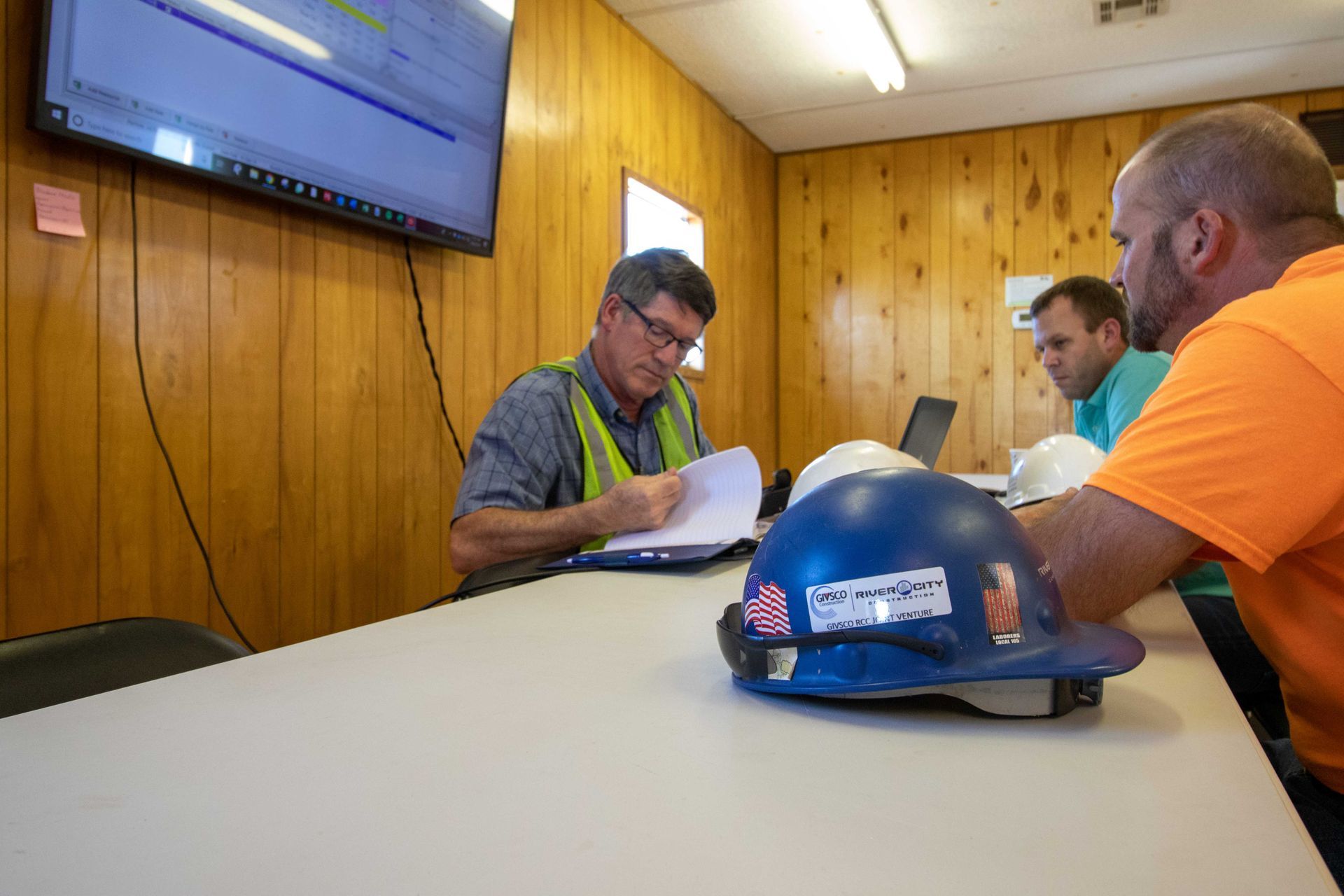Maintaining Momentum on Complex Projects: Schedule Adherence as a Profit Lever
In the construction industry, where complexity, coordination, and capital converge, schedule adherence is more than just a logistical goal—it's a key driver of project profitability.
While staying on schedule may seem like a matter of organization, it directly impacts a project's financial health, stakeholder satisfaction, and risk exposure.
Maintaining momentum is essential for complex projects with numerous moving parts to avoid delays, control costs, and minimize risk.
This article explores how schedule adherence is a critical lever for enhancing profitability in large-scale, high-stakes construction projects.
The Link Between Time and Profit
Time is one of the most valuable resources on any construction site.
Every day, a project extends beyond its planned timeline, and the costs begin to escalate. These cost implications are not limited to labor and equipment, and can quickly envelop the entire project.
- General conditions and overhead: Extended project durations increase indirect costs such as site management, temporary facilities, and insurance.
- Subcontractor inefficiencies: Delays in one phase can cause a cascading effect, impacting the productivity and sequencing of trades.
- Escalation of material prices: Materials not procured on time may rise in cost due to inflation, supply shortages, or logistical delays.
- Liquidated damages: Contracts may stipulate penalties for not achieving substantial completion by the deadline.
- Lost revenue or opportunity cost: For owners and developers, delayed project delivery means postponed occupancy or operations.
Staying on schedule minimizes these risks and allows stakeholders to preserve margins and achieve financial targets.

Understanding Momentum in Complex Projects
Maintaining momentum in complex construction projects involves more than simply tracking milestones. It requires active management of interdependencies, resource flows, approvals, and unforeseen conditions. Momentum is often built and sustained through several means.
- Clear sequencing and logic in the project schedule.
- Timely decisions from owners, designers, and permitting authorities.
- Consistent availability of labor, materials, and equipment.
- Early identification and resolution of conflicts and constraints.
When these factors align, progress is steady and predictable. When momentum breaks—due to delays, resource shortages, or change orders—the recovery can be difficult and costly.
Key Drivers of Schedule Adherence
Several elements support strong schedule performance on complex projects. These drivers not only facilitate progress but also reduce exposure to financial risk.
Accurate and Realistic Planning
A reliable project schedule that reflects actual conditions, resource availability, and realistic durations is the foundation of schedule adherence.
- Detailed work breakdown structures
- Logical sequencing of tasks and dependencies
- Allowances for weather delays, inspections, and procurement
- Milestone tracking for critical deliverables
Early-phase planning that integrates input from field personnel, suppliers, and trade partners helps create a schedule that is both ambitious and achievable.
Proactive Risk Identification
Unanticipated risks, such as design issues, permitting delays, or unforeseen site conditions, can disrupt project momentum. A formal process for identifying and mitigating these risks is essential.
- Schedule risk analysis
- Contingency planning for high-impact activities
- Inclusion of float and time buffers in non-critical paths
Addressing risks early protects the schedule from becoming brittle under stress.

Integrated Coordination
Coordination is paramount on complex projects involving multiple trades, vendors, and stakeholders.
Schedule adherence benefits all parties by keeping everyone on the same page, and several strategies can achieve this.
- Collaborative scheduling practices like Pull Planning
- Frequent look-ahead meetings with field teams
- Real-time schedule updates using digital tools
These practices ensure that sequencing is precise, handoffs are smooth, and crews are aligned around common deadlines.
Prompt Decision-Making
Bottlenecks in the approval process—whether related to RFIs, submittals, or change orders—can stall work on site.
Schedule momentum relies on clear communication above all else.
- Defined timelines for reviews and approvals
- Clear delegation of decision-making authority
- Transparent communication protocols
Streamlining the flow of information helps avoid downtime while waiting for direction or resolution.
Performance Monitoring and Accountability
Maintaining schedule momentum requires continuous monitoring. Key indicators of progress can be shown in many ways.
- Percent complete by activity or phase
- Earned value versus planned value
- Delays in critical path activities
Using these metrics, teams can quickly identify slippage and take corrective action. Accountability mechanisms—such as weekly progress reviews and subcontractor scorecards—reinforce a culture of on-time performance.
The Cost of Lost Momentum
When momentum is lost, not just the timeline suffers; the impacts can be far-reaching.
- Inefficient labor utilization due to stop-start workflows
- Re-sequencing costs, as trades work out of order or under suboptimal conditions
- Disruption to cash flow, both from delayed progress payments and unexpected rework
- Strained relationships between owners, contractors, and subcontractors
In large projects, these factors can result in multi-million-dollar cost overruns and even legal disputes.

Schedule Adherence as a Strategic Focus
Rather than treating the project schedule as a reactive tool, industry best practices increasingly view it as a strategic asset.
Aligning teams around schedule goals—and embedding them into procurement, staffing, logistics, and reporting processes—can unlock significant value.
By emphasizing schedule adherence from the outset and throughout execution, project leaders can reduce delays, protect budgets, and deliver stronger outcomes for stakeholders.
In this way, maintaining momentum becomes not just a tactical priority but a long-term lever for profitability.
Work With Thomas D. Wilson Consulting
Complex construction projects demand a disciplined approach to managing time. Schedule adherence is not simply a sign of good project management—it is a financial imperative.
Through accurate planning, active coordination, and risk-informed decision-making, teams can maintain momentum and turn the schedule into a powerful tool for cost control and profitability.
In a field where margins are tight and risks are high, Thomas D. Wilson Consulting can help you stay ahead.
Contact us today to keep your construction project on time and on budget!







